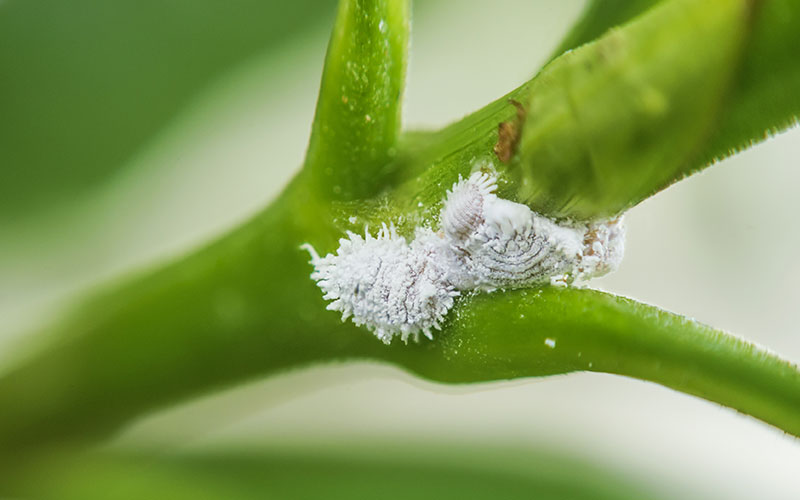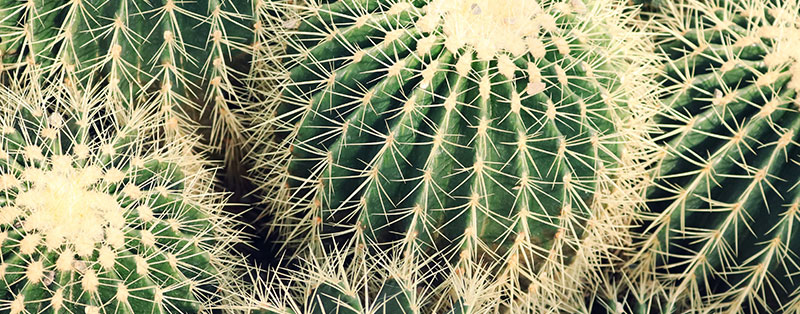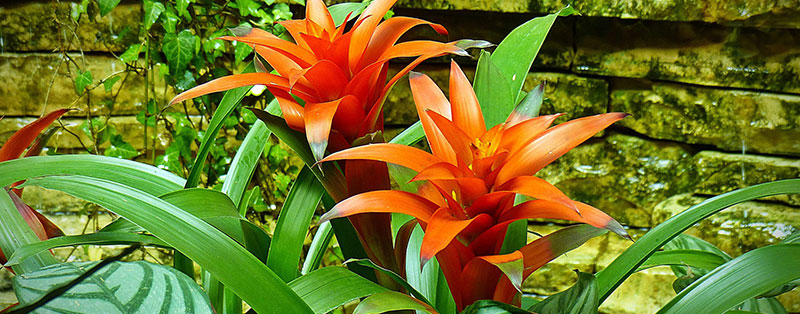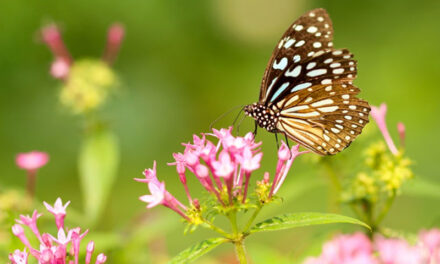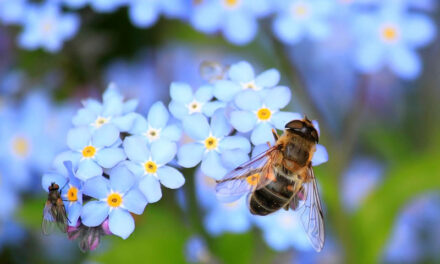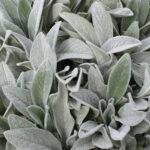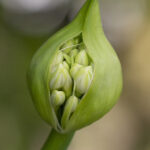You’ve just finished tending to your garden and are feeling satisfied with your houseplants when suddenly, you notice the leaves of your plants deforming and developing brown edges. Upon closer inspection, you discover the culprit: mealybugs. Oh no! What should you do now?
Mealybugs are a troublesome type of aphid known for the wool-like secretion they leave on plants. While they belong to the scale insect family, they lack a protective shell. Measuring about 3 to 6 mm in length, these bugs can be found all around the world and can endure temperatures as low as -40 degrees, making them challenging to control. During spring and summer, mealybugs lay eggs in large quantities, resulting in rapid propagation and widespread infestations.
In addition to mealybugs, your plants may also be susceptible to aphids or spider mites.
Signs of mealybug damage
Plants affected by mealybugs exhibit a loss of vigor, yellowing leaves, and leaf deformities. It is common for the infested plants to shed leaves. Apart from direct damage, mealybugs produce a sticky substance called honeydew, which becomes a breeding ground for fungi. These fungi reduce the plant’s ability to absorb sunlight, impeding photosynthesis.
How to eradicate mealybugs
It is crucial to take immediate action upon discovering mealybugs to prevent them from spreading to other plants in your home or garden.
Mealybug spray
One effective mealybug treatment is the use of a specialized mealybug spray. Mealybug sprays are readily available in the market or as concentrated solutions that can be prepared at home. To treat your infested plants, prepare the spray according to the instructions and thoroughly apply it to the tops and bottoms of all leaves, as well as the stems or trunks. Complete coverage is essential as the spray acts on contact, targeting and eliminating the mealybugs. By repeating the application as recommended, you can effectively control and eradicate the infestation.
Using a mealybug spray has several advantages. Firstly, it provides a targeted and direct approach to mealybug treatment. The spray’s active ingredients are formulated to specifically combat mealybugs and their life stages, ensuring maximum effectiveness. Secondly, mealybug sprays are safe for the environment, humans, and pets, making them a suitable choice for use in gardens and homes. You can confidently apply the spray without worrying about harmful effects. Remember to follow the instructions on the product label or the concentration guidelines for homemade sprays to achieve the best results.
Biological control
Biological methods can also be employed to combat mealybugs, such as introducing lacewings. These beneficial insects can be ordered online as larvae and easily dispersed among the affected plants. Follow the instructions provided by the supplier regarding the recommended number of larvae per plant, shrub, tree, or hedge.
Mealybug treatment
In addition to mealybug sprays, there are other methods and remedies you can try for mealybug treatment, including biological control and home remedies. By combining different approaches and being persistent in your efforts, you can successfully eliminate mealybugs and restore the health of your plants.
Remember, swift action is crucial upon discovering mealybugs to prevent them from spreading to other plants in your home or garden. With the right mealybug treatment, you can tackle the infestation and ensure the well-being of your beloved plants.
Spiritus
Mix 50% methylated spirits with 50% water and pour the mixture into a plant sprayer. Thoroughly spray the affected plant daily until the mealybugs are eliminated.
Mealybug treatment with water
Using a high-pressure sprayer, you can control mealybugs by directing a strong jet of water at the pests. However, avoid using high-pressure water on delicate leaves, as it may cause damage. For plants with sturdier leaves, you can try removing the aphids by spraying them forcefully with water. Repeat this process daily until the bugs are eradicated.
Destroy mealybugs with washing-up liquid
While I haven’t personally tested this method, mealybugs can also be controlled using washing-up liquid. Dish soap is non-toxic to plants but harmful to mealybugs and other pests. Mix a capful of dish soap with water in a plant sprayer and thoroughly wet the affected plant, including the stems. Repeat this method daily until the bugs are gone.
Control Mealybugs with vinegar
If you have already tried the water treatment method but continue to struggle with mealybugs, try diluting the water with vinegar. This mixture is effective against aphids and harmless to plants.
Types of mealybugs
There are different varieties of mealybugs:
-
Citrus mealybug: The most well-known variant, living for approximately 40 days at a temperature of 22 degrees Celsius and laying up to 100 eggs at a time. The eggs hatch within two weeks.
-
Long-tailed mealybug: Mainly found in humid environments like greenhouses, these mealybugs prefer to inhabit the armpits of plants.
Mealybugs’ preferred garden plants
Here are some garden plants that mealybugs particularly favor:
Hydrangea
If mealybugs infest your hydrangea, examine the affected areas closely. For smaller infestations, remove the heavily infested leaves and manually eliminate individual bugs from the remaining leaves. Wear gloves and be thorough in your inspection. Continue monitoring your hydrangea and manually remove any missed bugs until they are completely eradicated.

Olive tree
While olive trees are generally resistant to diseases, they can be susceptible to mealybugs. The most effective method for controlling mealybugs on olive trees is to use a spray. Thoroughly spray both sides of the leaves and repeat after a week. With this approach, you can eliminate mealybugs in no time.
Appletree
Although apple trees are not mealybugs’ favorite, they may still attract woolly red mites, also known as apple aphids. Ladybugs, parasitic wasps, lacewings, and earwigs can be employed to combat these mites.
Banana plant
The presence of honeydew on a banana plant indicates a mealybug infestation. Carefully inspect your banana plant and treat the infestation with a suitable spray.
Beech hedge
If your beech hedge suffers from mealybugs, start by vigorously spraying the hedge with a garden hose to dislodge most of the bugs. Pruning the hedge is also effective, as mealybugs tend to congregate on young leaves. Providing the hedge with special hedge fertilizer can enhance its health and resistance to aphids.
Boxwood
Similar to beech hedges, boxwoods benefit from pruning and immediate removal of the trimmings. Thoroughly rinse the plant to wash away any remaining aphids. If necessary, chemical treatment can be used as a last resort, although it is not preferred.
Mealybug on houseplants
If you discover mealybugs on a houseplant, promptly isolate the affected plant to prevent the pests from spreading to other houseplants. Avoid placing indoor plants in drafty areas, as this can attract mealybugs. Remember that you can unintentionally transfer the bugs to other plants through your clothes or watering can, so exercise caution.
Mealybugs on cactus
Cacti are among the mealybugs’ favorite houseplants. These bugs often inhabit the crevices and ribs of cacti, particularly targeting the top portions. If you spot small white spots indicating mealybug presence, manually remove them using a sharp object for minor infestations. For more severe infestations, employ the aforementioned tips.
Mealybugs on orchids
Mealybugs can be persistent in orchids. After watering an orchid, ensure that any water trapped in the leaf armpits is dried using a cotton swab, as this is a favored spot for mealybugs.
If you have exhausted other control methods without success, the mealybugs may be present in the soil mixture. In this case, remove all soil from the roots, immerse the plant in a bucket of Pyrethro-Pur for 10 seconds, and repeat the process several hours later. Finally, repot the orchid using fresh soil mixture.
Mealybug Bromeliad
Bromeliads are also sensitive to mealybugs. Do you have mealybugs in your Bromeliad? Try the mealybugs treatments above.

